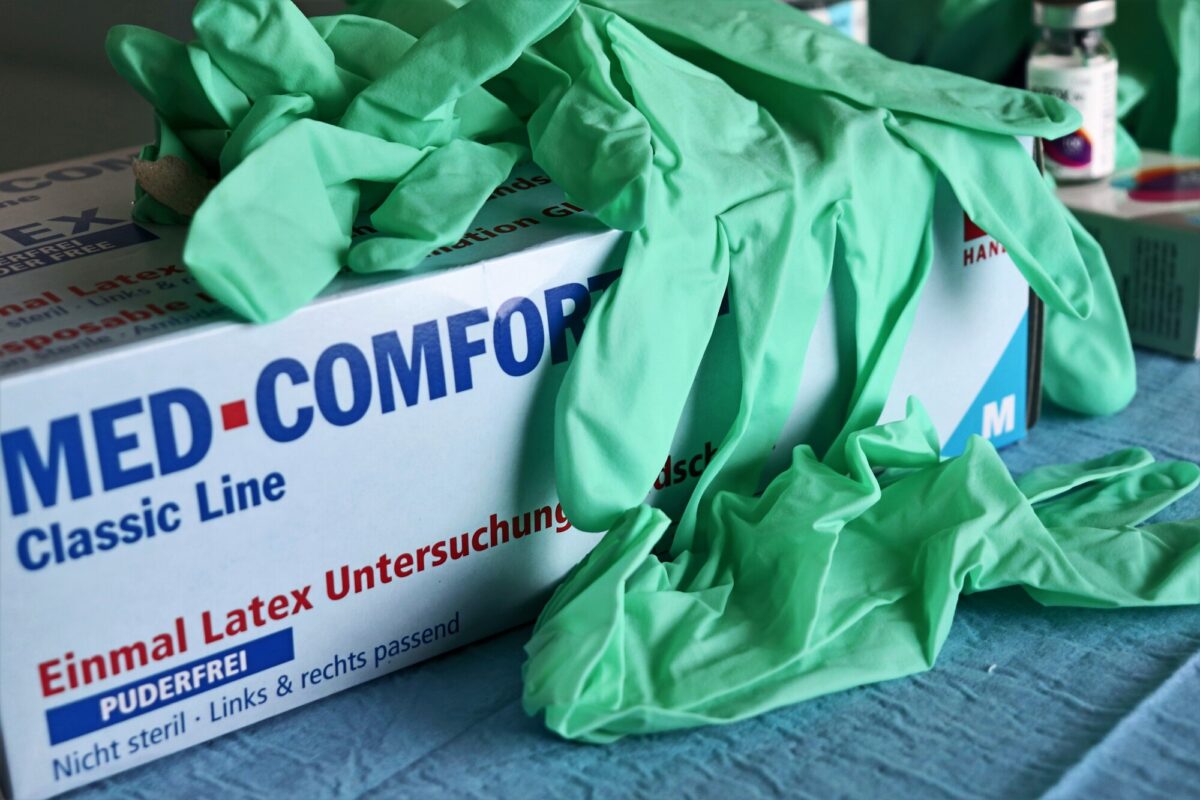
7 Must-Have Pieces of Medical Surgical Supply
It shouldn’t be surprising to you that the quality of equipment used in medical procedures is directly correlated to the outcome of the operation. Having the appropriate tools for the job allows physicians to focus on the procedure, rather than compensating for inadequate supplies.
If you’re a hospital administrator who deals with your medical surgical supply, you know how hectic it is to get medical supplies. Different departments need different medical equipment, different quantities, and supplies need to be refreshed at different frequencies.
Your needs might range from specific to broad, but regardless there are a few staples needed in every hospital or clinic service. In this article, we’ll be covering the top medical items that every healthcare facility needs, so read on to learn more!
1. Tables and Accessories
The table is the literal and figurative foundation for surgical performance. A good table allows a surgeon or doctor to perform every procedure with confidence.
You can find the appropriate tables for every procedure from neurological, surgical, orthopedic, and more. Be sure to order the specialized tables for each discipline. You can even get arm and hand surgery tables, depending on how often you need these specific surgical supplies.
Clamps are also some of the most common surgical equipment. Clamps are used for everything including IV poles, armbands, tables, and anesthesia screens. You might consider getting a good stock of round-post and flat-blade clamps and keeping them on hand.
Also be sure to get the appropriate pads, cushions, and headrests for patients to use during procedures and exams. These will keep your doctors and your patients comfortable.
2. Arm Boards
Arm boards are arguably the most important positioning devices for surgeons in procedures.
They’re a simple tool, but they stabilize arms, elbows, and other body parts for comfort and support during operations.
3. Consumables
Your disposable and consumable equipment is focused on limiting infection risk and protecting both staff and patients. Almost all of them are intended to be disposed of after each use, so it’s important to keep a large stock of each item.
Facemasks prevent microbes and viruses from spreading during clinical procedures. Most hospitals use fluid-resistant masks to prevent exposure to blood and other bodily fluids.
Exam gloves, whether vinyl or nitrile, protect and stop infection when in contact with patients. You might need hypoallergenic ones in the event of a latex allergy.
Surgical sutures, tissue adhesives, surgical dressings, and other basic supplies are also important to have on hand. These include glue for incisions, bandaids, sponges, gauze, and bandages.
Disinfectant spray and sanitization are important tools to prevent contamination. Masks and gloves are helpful for preventing person-to-person infection, but disinfectants are essential to keep equipment and patient areas clean to prevent surface-to-person infection.
A good stock of wipes, sprays, and soaps is essential. Hand soaps and sanitizers are also important to keep good hand hygiene for your staff.
4. Exam Supplies
The most common procedures are routine checkups, so exam room supplies are subject to heavy use.
The thermometer is very important to check the temperature of new or feverish patients. You can get thermometers in many different sizes that can be used either orally or via the ear. Thermometers also require plastic sanitary caps for use with each patient, so be sure to stock up on these too.
A stethoscope is the most used tool in the exam room. It allows the doctor to listen to the heart, lungs, intestines, and other bodily sounds.
Cotton tipped applicators are essential for strep and DNA tests, applying topical anesthetics and other functions. Also be sure to get tongue depressors, which press down on the tongue so it doesn’t block the view of the throat.
Penlights, small flashlights for checking the ear, eye, and nose, are also essential. In addition, an otoscope is a specialized tool for getting a clear view of the ear canal.
5. Lighting
Top-quality lighting is very important for both surgery and exams. The best lights available give pure white light that fully illuminates the patient and eliminates any shadows.
For best results, use lighting with LED technology for superior color and shadow control. Get a combination of ceiling-mounted lights, mobile lights, and surgical headlights to ensure the best outcome.
6. Power Backups
Losing power during surgery is not just inconvenient, it can be fatal. If the lights, anesthesia, or vital sign monitors are cut off, this can be life-threatening for the patient.
Make sure you have plenty of backup units for every room. You also should stock up on batteries of every kind, and keep them near the equipment that needs them.
7. Surgical HD Cameras
HD cameras were formerly a surgical luxury, now they are becoming essential. Laparoscopic procedures require cameras to guide the procedure and act as the eyes of the surgeon. These tools reduce the invasiveness of the procedure.
Studies show that the quality and definition of the camera are correlated to a positive outcome for almost all procedures. Better cameras mean safer and quicker procedures.
You can even combine these with the previous item, and get a combined surgical light, camera, and monitor.
Replenish Your Medical Surgical Supply Today
Hopefully, this list will have given you some idea of the basic medical supplies to look for. Whether you’re setting up a new room, stocking up on basic supplies, or modifying your stock to accommodate new staff, make sure you have the appropriate medical surgical supply.
Remember, if you are looking for any more business and product advice, check out our blog for more!

